I know what you are thinking: why isn’t it ‘Yakka’ rather than ‘YACKER’ in the article title? ‘Hard Yakka’ is an Australian 19th century slang phrase referring to extremely hard work, more often than not manual labour. It comes from the indigenous verb yaga, to work, and has become so common in contemporary parlance that it even has a Men’s work clothing company named after it.
YACCA is something different, though related. It was around 2004-2005, when I was working for the Wales national team, that I found myself watching tapes of the great Chicago Bears running back Walter Payton in NFL action. Commentators on the game would constantly refer to his yards-after-contact or Y-A-C – the yardage he made after first contacting a defender.
When I looked more closely, it became obvious that Payton actually seemed to be triggered by that contact into his best attacking actions https://www.youtube.com/watch?v=KfFE5Ou0Txo. On the very first run in the highlight reel, a defender makes contact with Payton on the line of scrimmage, but the running back then beats six more tacklers before he is finally brought to ground. One metre is made before contact with a defender, another 20 metres after it.
I sat back and realized that there was no measure for this performance in rugby contact situations at the time. It was then that the idea of quantifying Y-A-C was born. While a YACKER has more than a tinge of the original Australian meaning, in rugby terms it means more specifically, those runners who specialize at making more yards after contact than they generate before it.
The modern exemplar is the Hurricanes and New Zealand number 8 Ardie Savea. Like Walter Payton before him, Savea is enthused and triggered by first contact with a defender. That is where his work starts rather ends, and it is where Ardie truly crackles with electricity as a rugby player.
For those of us who choose to keep track of such statistics, Ardie Savea generates around two thirds of his yardage after first contact on ‘any given Sunday’. It all starts with the pick & go from the base of the rucks, which is traditionally the hardest place on the field from which to make metres. That is where the defence is at its thickest and most unyielding, and the work is there indeed hard yakka.
Savea is the designated pick & go YACKER for his teams at both provincial and Test level, and range of options he has at the base are what make him truly dangerous in that position:
Savea not only makes the first carry in the sequence against Argentina, he is back on his feet to make the third. Although defensive contact occurs on the 5-metre line, his second effort takes him all the way up to the goal-line. In the second instance he is through the two Crusaders’ halves in no time on his way to the ‘end-zone’.
The recent end of year tour game against Wales illustrated the threat Savea presents at the base, not just via his strength through to the end of the carry, but also in the range of options he has at the base:
The three Welsh defenders closest to the side of the ruck always need to be aware of Ardie’s options – will he pass from the base towards the third defender, or will he attack the ‘Guard’ at ruck-side directly?
In the event, Savea was able to score two tries based on the uncertainty created by his presence at the back of the ruck:
In the first example, the Guard (replacement prop Nicky Smith in the black hat) over-reads the pass, and that allows the Kiwi number 8 to throw a flamboyant dummy before breaking for the line and laying off a short pass for Aaron Smith to score. In the second instance, the Guard commits prematurely to the ruck itself, creating an inviting gap for the back-rower to plunge over with an equally theatrical dive.
The power in contact can be applied from the base via the pick & go, or equally well as a short one-out runner:
Combine both examples together, and there are 14 metres gained, all but two of which occur after first contact is made with a Welsh tackler, with no less than seven defenders beaten in total.
Summary
To adapt another phrase from Gridiron, Ardie Savea is the ‘go-to’ guy when the All Blacks want to make metres tight to the ruck, whether he is functioning as the acting halfback or positioned one-off from the base. He can pass or he can run and he never shirks the hard yakka. That is because he thrives on the YAC – on meeting, and overcoming the physical challenge of the tackle. It makes him an invaluable asset for all the teams he represents.
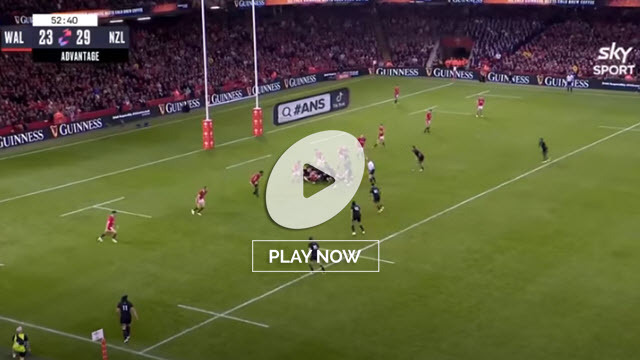


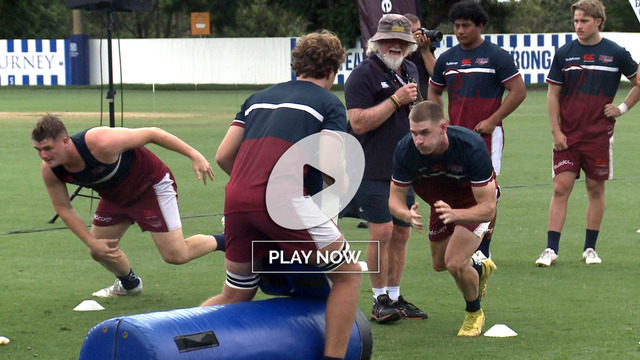
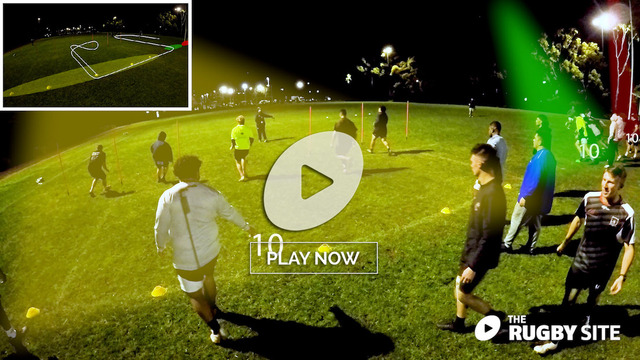

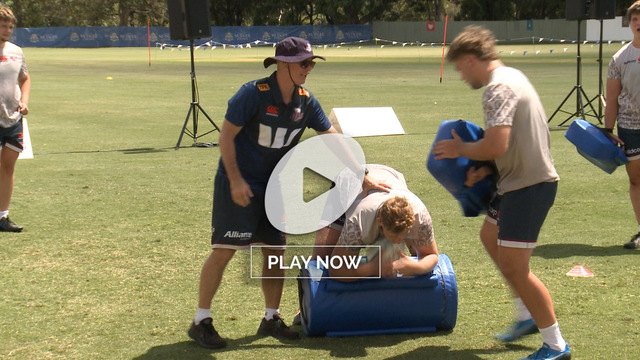
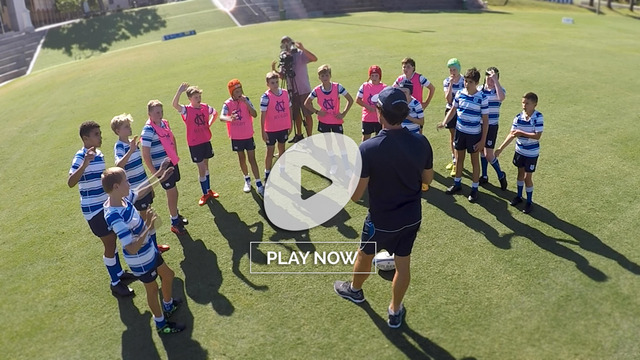

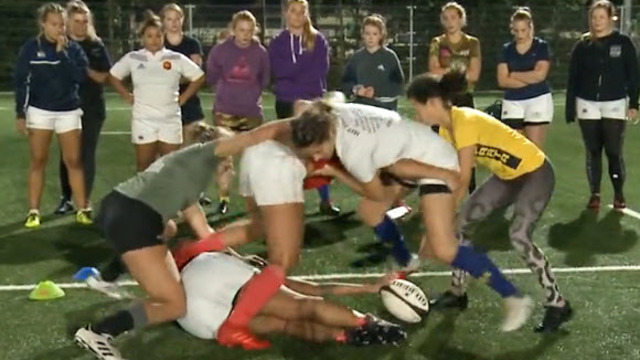

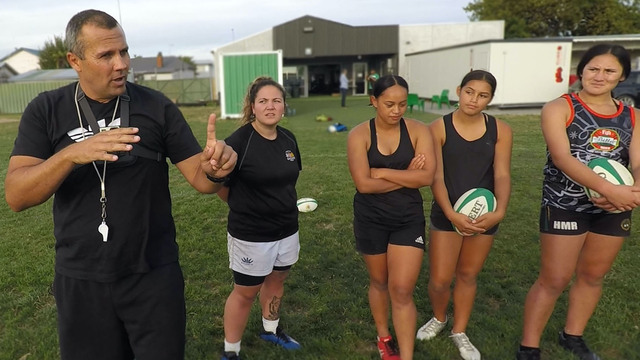

.jpg)
.jpg)
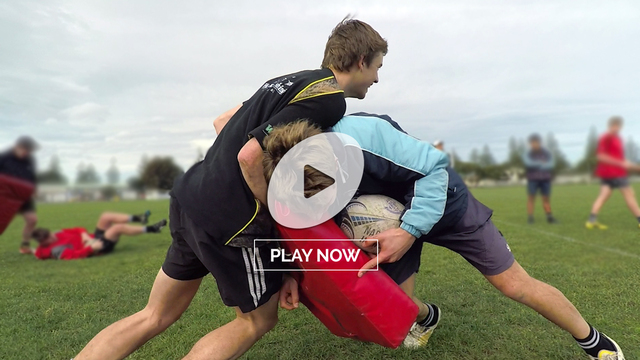
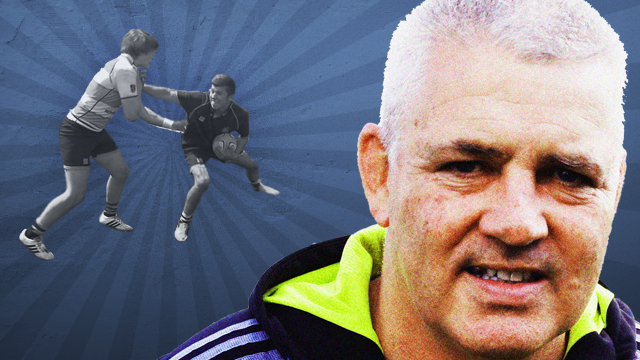
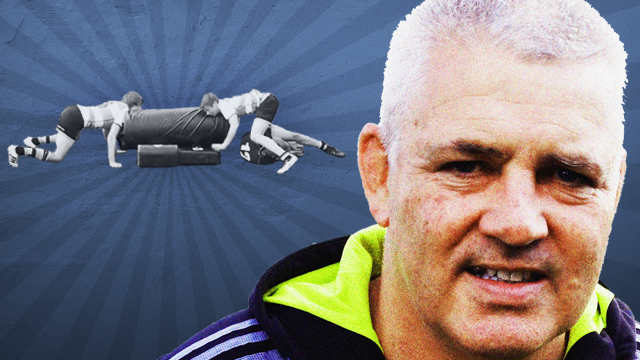

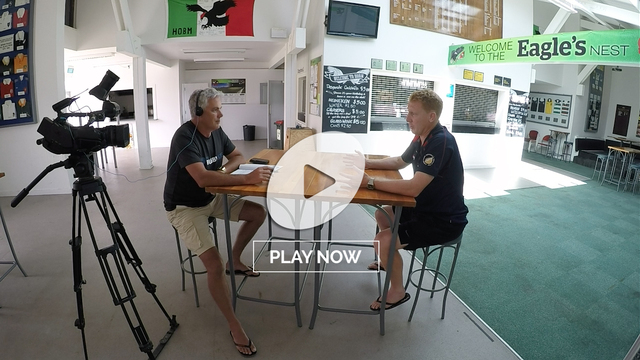
_no_button.jpg)

